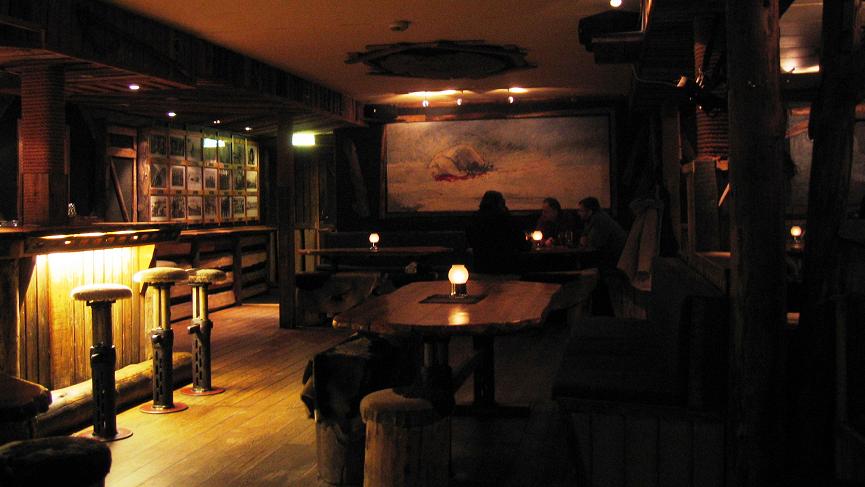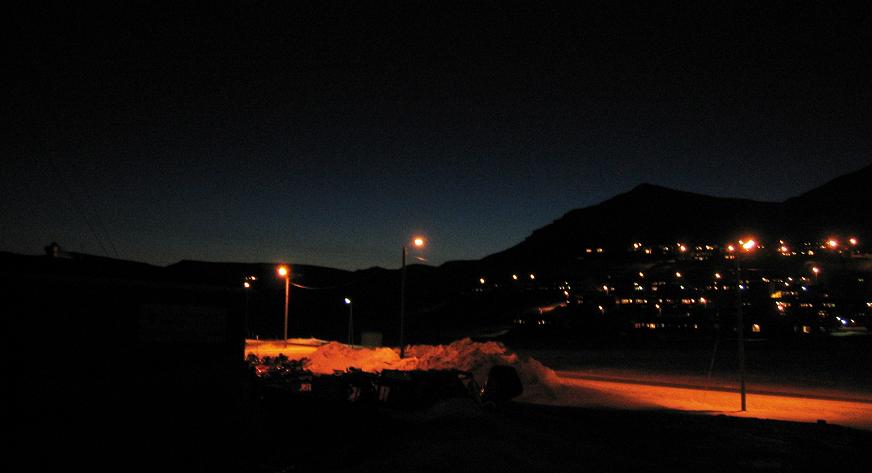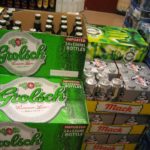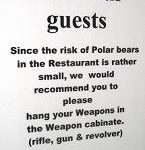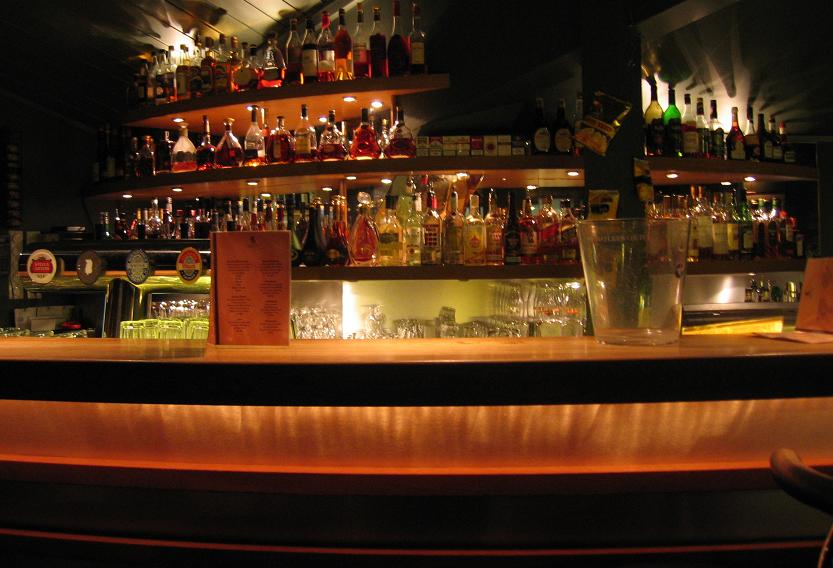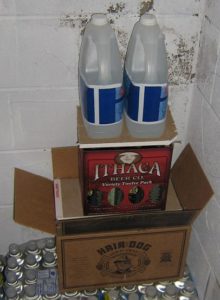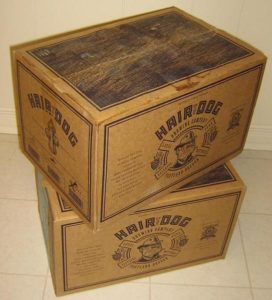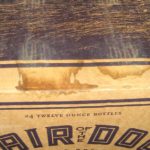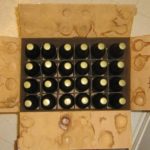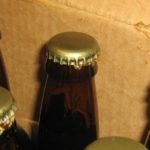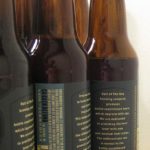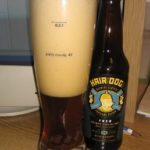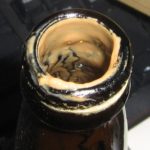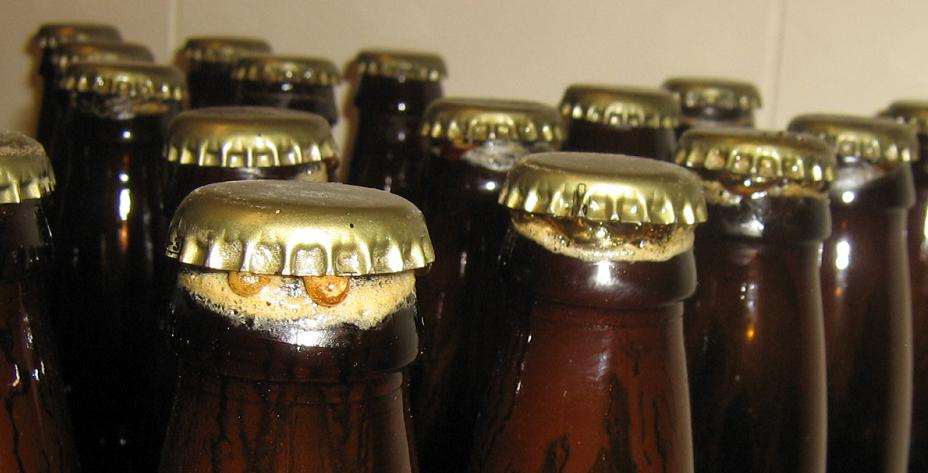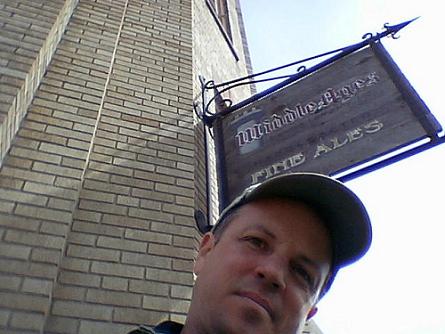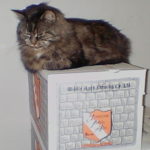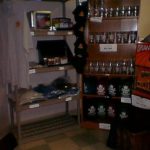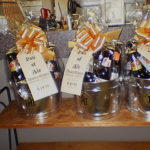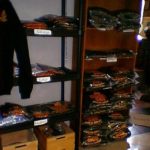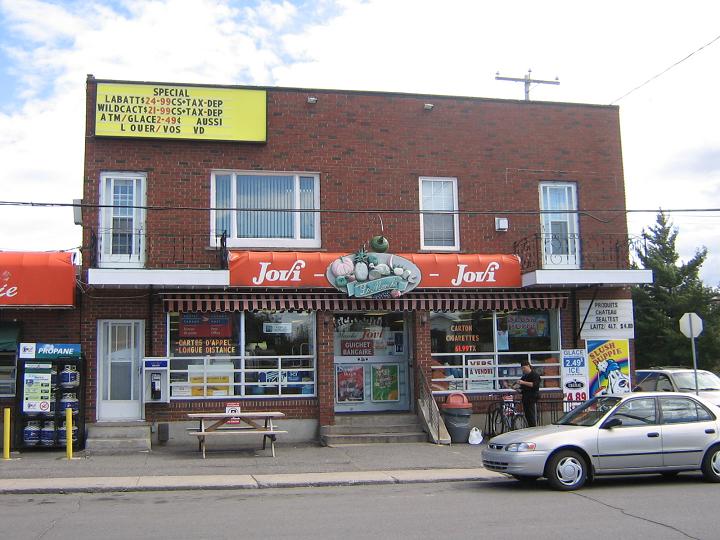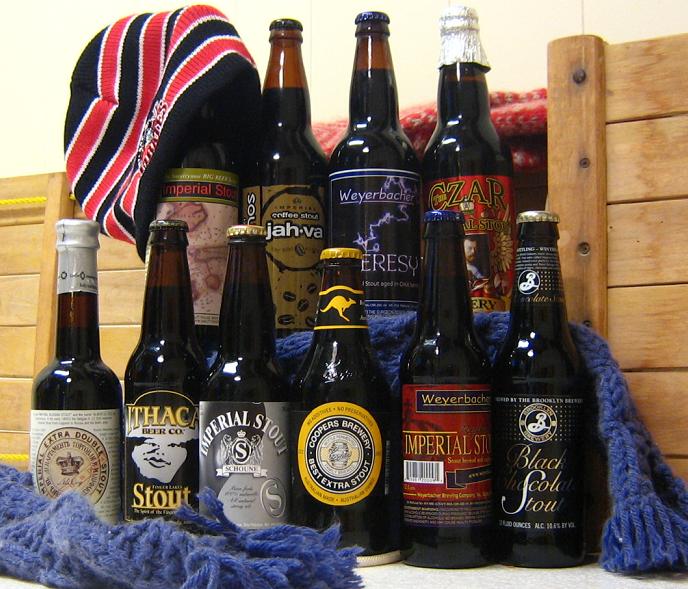
I’ve written about plenty of stouts before but never a collection this big: imperial stouts, imperial extra double stout and just plain stouts, from four US states as well as Quebec, England and Australia. Stout has experienced a great diversification in its sub-styles through the explosion of craft brewing over the last few years. In his 1977 edition of The World Guide to Beer Michael Jackson generally describes three: bitter stout, milk or sweet stout and Russian or imperial stout. By 1995, Michael Lewis in his book Stout describes how to brew six different styles: west coast, Irish draught, dry, sweet, Caribbean and imperial.
Beyond these, I can think of two traditional styles including oatmeal and Baltic, though the second is a quibble with English made stout for the Russian export trade. In addition, just in the selection gathered above we have stouts with raspberry, coffee and chocolate added as well as stout stored in oak. Heck, just one brewer in Maine alone makes six different stouts. There has to be more…oh yes – oyster stout.
Stout’s roasted profile clearly gives craft brewers a great starting point to play with as they deem fit. My only problem is where to begin.
Brooklyn Black Chocolate Stout 2006/2007: This is my third vintage of this brew from The Brooklyn Brewery. Darkest brown plummy oil thick ale with mocha rim and foam. Dry burnt toast scrapings, dry bakers chocolate and licorice. Fruit? Date and a touch of plum. A very well hidden 10.5%, almost 2% higher than in 2004/2005. Light cream yeast, slight chalkiness. Unlike last year’s take, French roast coffee and the ciggie ashtray effect did not spring to mind. I have another bottle in the stash and may have more to say. Some BAer unhappiness with this year’s model. Certainly a gentle imperial stout even at this strength.
Le Coq Imperial Extra Double Stout: Not imperial stout. Not double imperial stout. No, this is extra double imperial stout. Vintage 2001, this beer is made in England by Harvey and Son under license to a board of trustees and an Estonian brewery. The story packs the label so I won’t repeat the tale. Darkest brown, syrupy still ale with the thinnest of mocha film of a head that is gone in about five seconds. Nose is acidic and rich sherry. In the mouth licorice and beef gravy. Something ox-tail soup about it – gotta tell it like it is. Also plenty of blackened toast under the fatty richness. Smoke, too, and minty hop. Another sipper noted “marmite and oxo cubes.” Tangy and bone dry chocolate in the finish. Beer to soak a prime rib roast of beef in. Serious dissension amongst the BA set as a full 19% say no way. I would save the next bottle I found for a rib eye steak.
The Czar Imperial Stout: The 2005 brewing from Avery Brewing of Colorado, my first by them. After the condensed consumée above, a bit of a break even at 11.03%. Deep mahogany ale with rich mocha cream rich foam and rim. Apple butter and black rum on the nose. A walloping woo of deep and sticky pumpernickel malt, big and rich with plenty of fruit on the mouth, mostly pear and date – a very attractive combination I haven’t thought of before…now I’m thinking more about pie than stout. The yeast is creamy but the water may be a little hard, as I have found with some Colorado beer. On the finish there is a bit of telltale mineral cloy. Some spice way back there, curryish like cumin as much as anise. Really nice. And not just due to the lack of oxo cube references. A brave brewer to pass up the oxo cube notes. Some BAers debate the lack of the dry burnt toast scrapings. But they are outvoted 24 to 1. A good beer.
Raspberry Imperial Stout: from Weyerbacher of Pennsylvania. First impression – chocolate raspberry cheesecake in a bottle. The nose is full of fruit and comes across something like a ruby port – ok, maybe if the other nostril was deeply in embrace with a roasty toasty stout. In the mouth lots of true and zippy raspberry up front, then dry chocolate and mocha roasty stout then a far lighter finish than I would have expected. The minty hops open up nicely as the berry recedes. The brewer says this is an 8% which either means I am having a lot of heavy ale lately or this is a well hidden level of strength. 4% of BAers are not happy, citing plenty of stuff which proves again some people do not like most pretty fine beers.
Imperial Stout: from Schoune of the Quebec side of the south tip of the inter-provincial border with Quebec. Deep dark ale under a fine creamy tan head. Surprisingly good stout from a largely Belgian-style brewery. Dry roasty with a decent chalky background. Nice licorice-plummy notes in the middle. Finish has dry chocolate and minty hops. Nicely hidden 8.5% if the BAers are correct – a only two raters and they disagree. I like it. Sort of a dry Baltic style stout with all that licorice. Certainly the best Canadian take on an imperial stout I have tried…or seen for that matter.
Jah*va: An imperial coffee stout for day six of the week of stout. Have I mentioned I love Southern Tier? Every one I have of theirs speaks to their passion for quality craft beer. Brewed on 22 November 2005, this beer has Jamaican Blue Mountain coffee in the brew. Did I mention I know a man who knows the man who owns the Blue Mountain? It is the colour of a glass of molasses with a dark espresso foam head. A thick explosion of mouth-coating minted coffee with a tightly pack layering of fine graininess, like you get from a French press coffee pot. No plum, no fig, not dates. Just coffee, dry cocoa, a nod to mint (even with the 125 IBUs) with a thick creamy yeast. OK, maybe a date square thing in there with the sweetness, fruit and rich sweet grain. Top notch with a whopping 12% strength. Wow. Check out the brewery’s one page website. The BAers all love it. Fabulous.
Extra bonus side-by-side intermission: I found my last Brooklyn Chocolate Stout before the last of the Jah*va was gone. In a battle of the NY state imperial stouts, the BCS is decidedly lighter in the mouth, especially at the outset. The BSC head is the colour of maple walnut ice cream, the Jah*va’s is like milk chocolate. On the nose, Jah*va is pungent while BCS is quiet – as one would expect given they are hallmarks of each brewery’s style. In fact, for a 10.6% compared to a 12%, the difference is remarkable. But both are lovely.
Finger Lakes Stout: from the Ithaca Beer Co.’s winter mixed 12 box. I must like this because I seem to only have 3 oz left even though I just started the review. Light tan fine foamy rim over deep chestnut ale. After all the heavyweights above, a relief. Dutch licorice nose and as well as in the mouth along with a nice creamy, nutty, slightly sweet and slightly soured stout with a good but not overwhelming level of dry roastiness in the second half of the swallow. Some minty hop as is only right and proper. The brewery says it has 6.8% and there is a bit of uncertainty with the BAers as it is called, perhaps, Anniversary Stout there but not on the bottle.
Heresy: Imperial Stout aged in oak from Weyerbacher of Pennsylvania. The brewery says:
This incredibly intriguing Imperial Stout is made by aging our Old Heathen in some very famous Oak barrels that were used for aging bourbon! What do we have when we are done?
Entirely fine cream mocha head over deepest brown garnet tinged ale. The smell of coffee ice cream. Chocolate mocha ale with plenty of fruitiness: black cherry and vanilla. And the whiskey, a nod…a nod-ette. But it is there. Reminds me of Rogue Chocolate Stout with a bit more oomph. Decidedly smooth and rich but also with a fine grained texture in the mouthfeel. Not overly heavy, cream yeast. Very good. Whiskey, roasted malt and cream in the finish – a dark cream crowdie. 5% of BAers need their neck bolts tightened.
Imperial Stout: From Smuttynose of New Hampshire. Light milk chocolate head over medium dark black brown ale. On the snozz, minty hop, espresso and milk chocolate. The first sip is full of licorice and milk chocolate. Some plum and date back there with plenty of roasted malts. Dark chocolate, chalk and molasses finish. Brewed 15 March 2006:
Charles added 44 lbs of Cascade, split evenly between two batches, or about half a pound per barrel. We then transferred the beer onto seventy-eight pounds of an even mixture of Centennial and Columbus whole flowers, about one pound per barrel. The beer is a little top heavy in terms of the hopping but it seems to be smoothing out a bit as it’s aging. I’d give it six months or so, if you can wait that long.Dandy and big and smooth now nine or ten months later.
Best Extra Stout: From Coopers of Australia. Last of the ten. What a marathon. Cola coloured ale under mocha foam and rim. A soft stout with licorice up drink followed by an interestingly discordant move to toast scrape bunt barley with a reasonably rich mouthfeel – very nice and even a real ale sludge at the bottom. Hops are mainly mint but a bit of citrus in there as well. A very easy drinking stout. 6.3% and called a Foreign Stout over at the BA where 4% say no.
So another great exercise in compare and contrast. The best? Hard to say but Jav*ah was pretty darn nice.

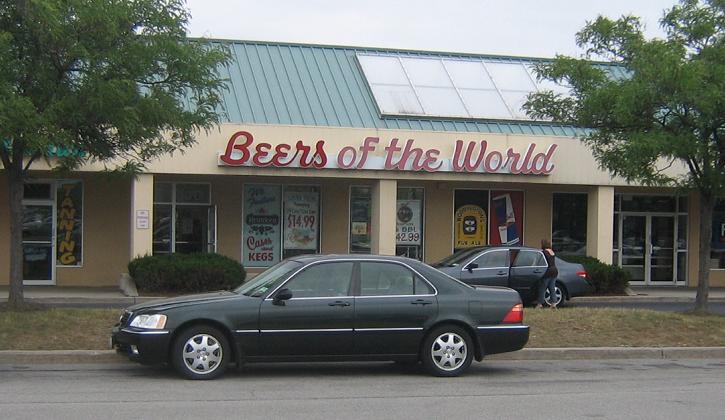


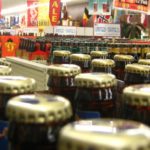
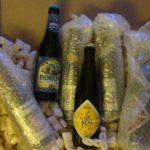
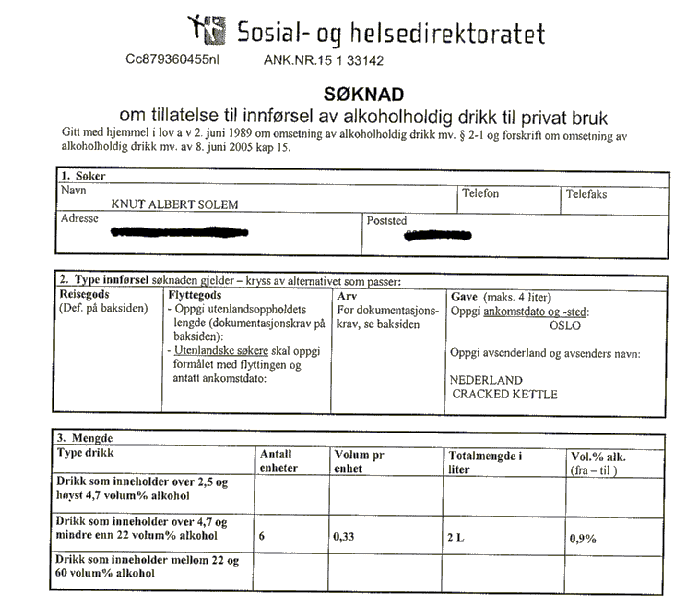 On the outskirts of Europe there lives a peculiar tribe of people. Like most other nations, they feel that they have the solution to every problem on the planet. Other small nations have had to bow to the necessity of adjusting to their surroundings, but Norway had the curse to find oil and gas in the 1970s, giving them the possibility of constructing their own reality.
On the outskirts of Europe there lives a peculiar tribe of people. Like most other nations, they feel that they have the solution to every problem on the planet. Other small nations have had to bow to the necessity of adjusting to their surroundings, but Norway had the curse to find oil and gas in the 1970s, giving them the possibility of constructing their own reality.